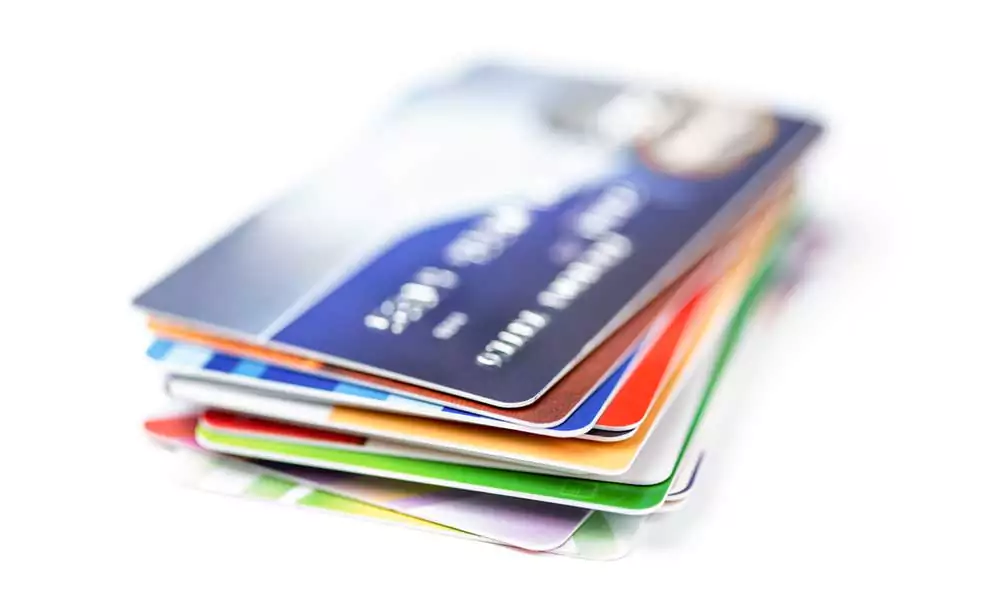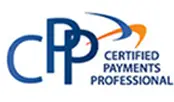Accepting a variety of payments from your customers has never been easier. However, there’s a misconception that you can simply electronically invoice a client, request a mobile card from Square, or add a shopping cart to your site and that’s it.
While processing payments should be as stress-free as possible, in order for you to save money and grow your business, it’s necessary for you to understand the following three payment processing terms before you start accepting payments.
1. Authorization
An authorization takes place at a point–of–sale terminal, virtual terminal, smartphone swiper, eCommerce website, or over the phone and confirms whether or not a card is valid and if there are sufficient funds to complete the purchase.
Typically, the authorization process only takes a couple of seconds and involves the following steps:
Card information is transmitted to a Processor, a.k.a., the third party that handles payments, such as PayPal, Square, or Stripe.
The Processor then forwards the payment request to the Card Payment Brand, most likely Visa, Mastercard, Discover, and American Express.
After that, the Payment Brand will forward the request to the Card Issuer. This is the financial institution that has issued the card to the customer.
- The Issuer will then approve or decline the transaction. Next they will send the response back to the Card Payment Brand, who will then notify the Processor.
- The Processor then forwards this response back to the merchant so that the transaction can be completed.
Merchants will then receive one of the following messages following an authorization request:
- Approval –the transaction was approved
- Decline – the transaction was not approved
- Call Center – merchant must call the toll-free authorization phone number because there’s an issue with the card holder’s card.
If the transaction is authorized the merchant will receive a 6 or 7 digit number authorization code from the issuing bank.
2. Processing Fees and Costs
Whenever there is a payment transaction processing fees will take a percentage of the profits. In most cases, credit card processing fees, which may include discount rate, non-qualified rate, card brand fee, are around 2% of each purchase.
However, as explained in a previous Due post, these fees can fluctuate based on the following factors:
- Industry: If your business is deemed high risk, it will translate to an increased fee.
- Type of transaction: Your fees are also dependent on how you accept the credit card payment. Your fees are lower when you swipe the card through a traditional terminal in-store, compared to when you process an online transaction or key in a phone or mail order.
- Credit card types: Each credit card has a different interchange rate, the “cost” of a card if you will. For example, a basic, no rewards credit card will cost less to accept than a rewards card.
- Processing volumes: As your processing volume increases, you’re eligible for customized fees that are typically lower.
While understanding payment processing terms/fees can get confusing. The main fee you want to pay attention to are discount fees. These are all of the fees that a merchant must pay their merchant service provider for each transaction. A monthly service fee and the interchange and assessments paid directly to the credit card associations and issuing banks.
3. Chargeback/Liability Shift
What happens when a payment has been authorized, but then the customer disputes the charge? This is called a chargeback and is the bane of many business owners. Why? Because even though the customer is fully reimbursed, the business owner is hit with a chargeback fee.
This fee is often deducted from their checking or savings account. This makes your business look bad, and can raise suspicion among your payment providers.
To avoid chargebacks, it’s recommended that you’re complete transparent and upfront about the products/services you’re selling, including the price, specs, etc. Also, make refunds easily accessible and be readily available when your customer need your assistance.
Most importantly, do your due diligence to reduce any instances of fraud. Use a Address Verification System (AVS) and requiring customers to enter CVC2 and CVV2 Verification Numbers.
In October 2015 something called a “liability shift” was introduced in relation to fraudulent cards being used during an EMV transaction.
“The liability shift protects the entity who offers the greater level of security by holding the other entity with less secure systems responsible for fraud,” said Carolyn Balfany, safety and security expert at Mastercard. “For example, if fraud occurs when a chip card is inserted into a terminal that hasn’t been upgraded, the merchant is responsible for the fraud.”
Prior to this, card issuers were responsible for covering fraud. Some merchants feared that this would result in “bearing the brunt of fraud charges.” However, as explained by Sienna Kossman for CreditCards.com, “There are still a greater number of situations in which the card issuer would continue to shoulder fraud chargeback costs just as they do now.”




